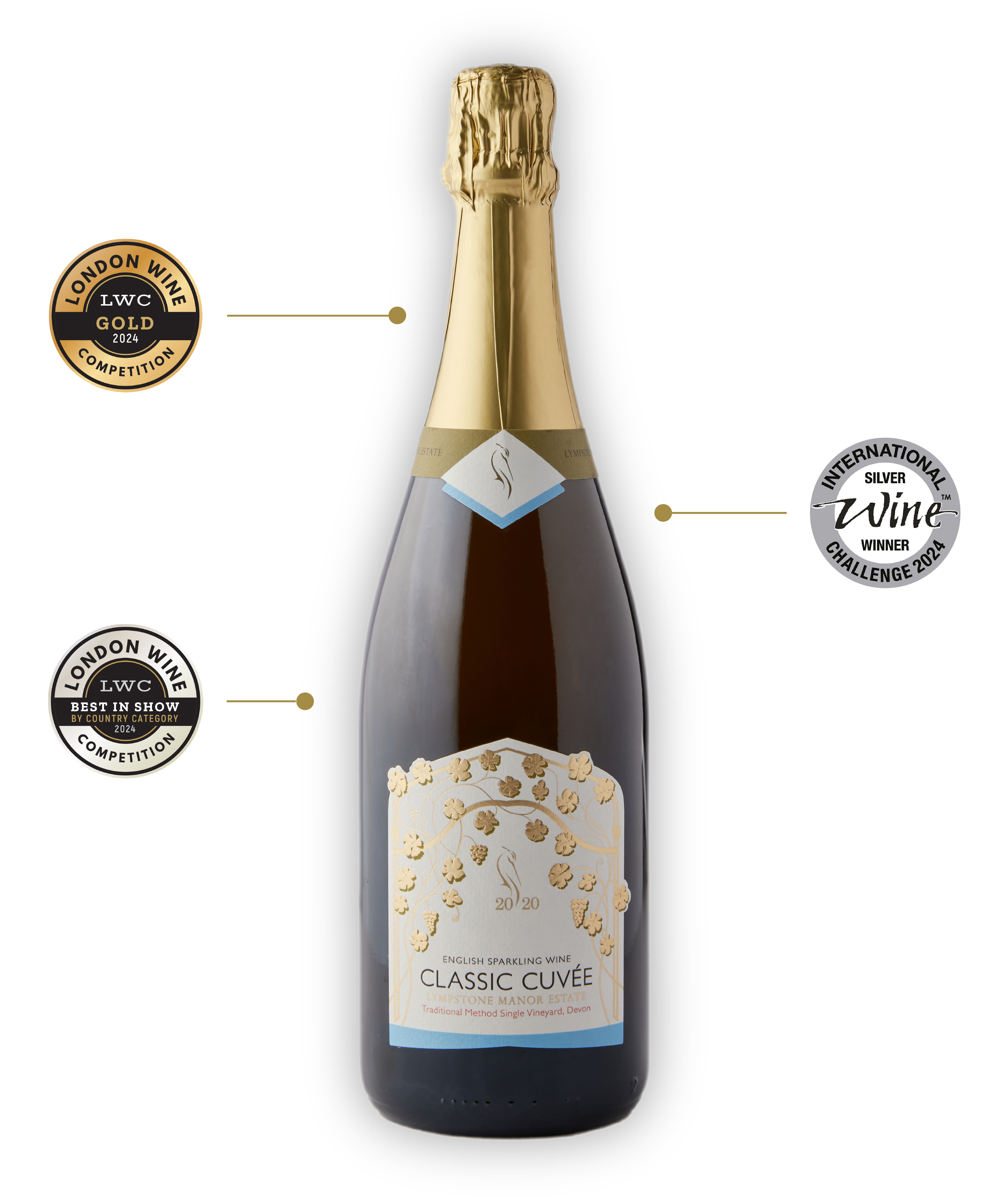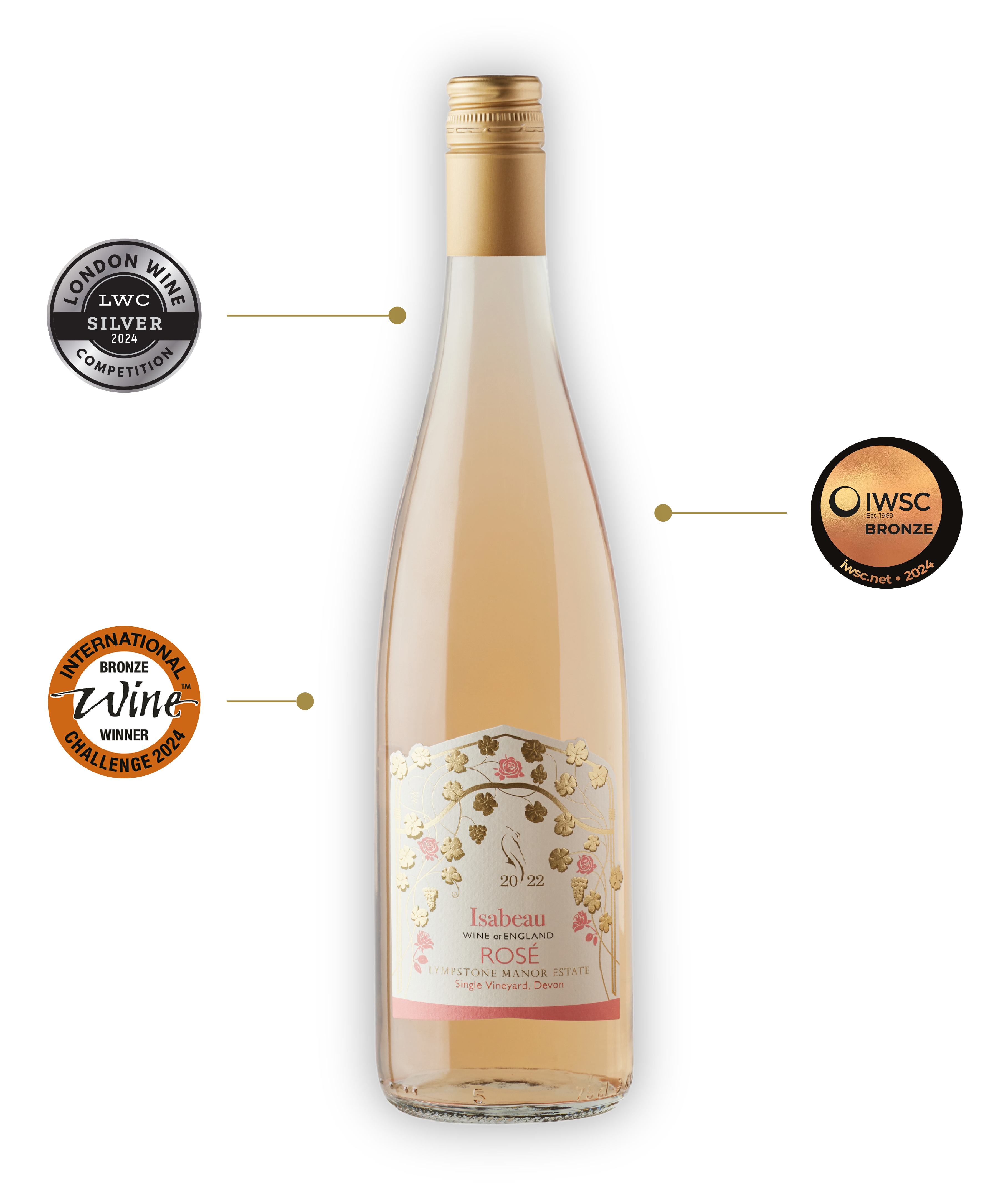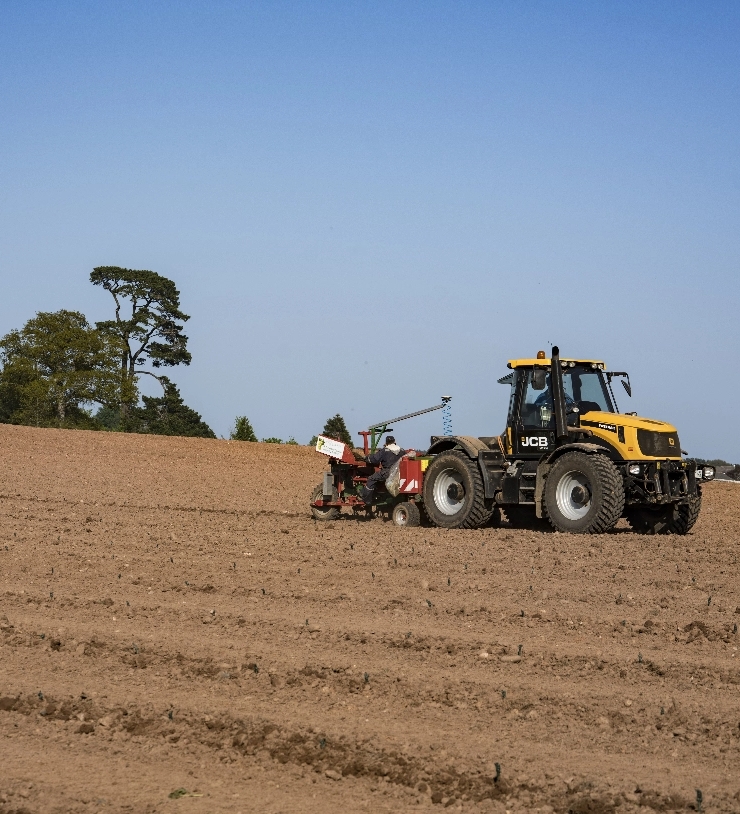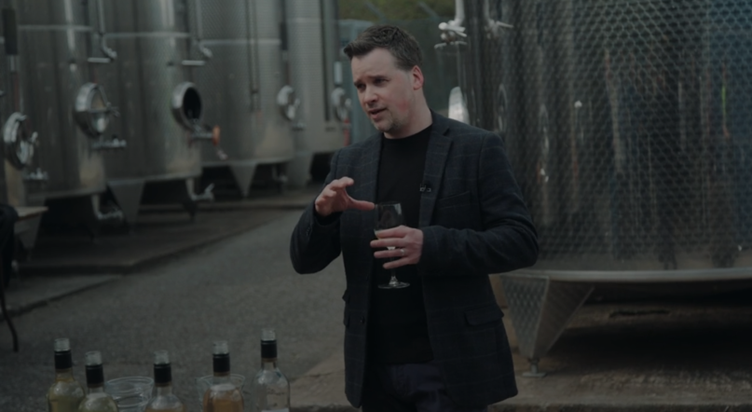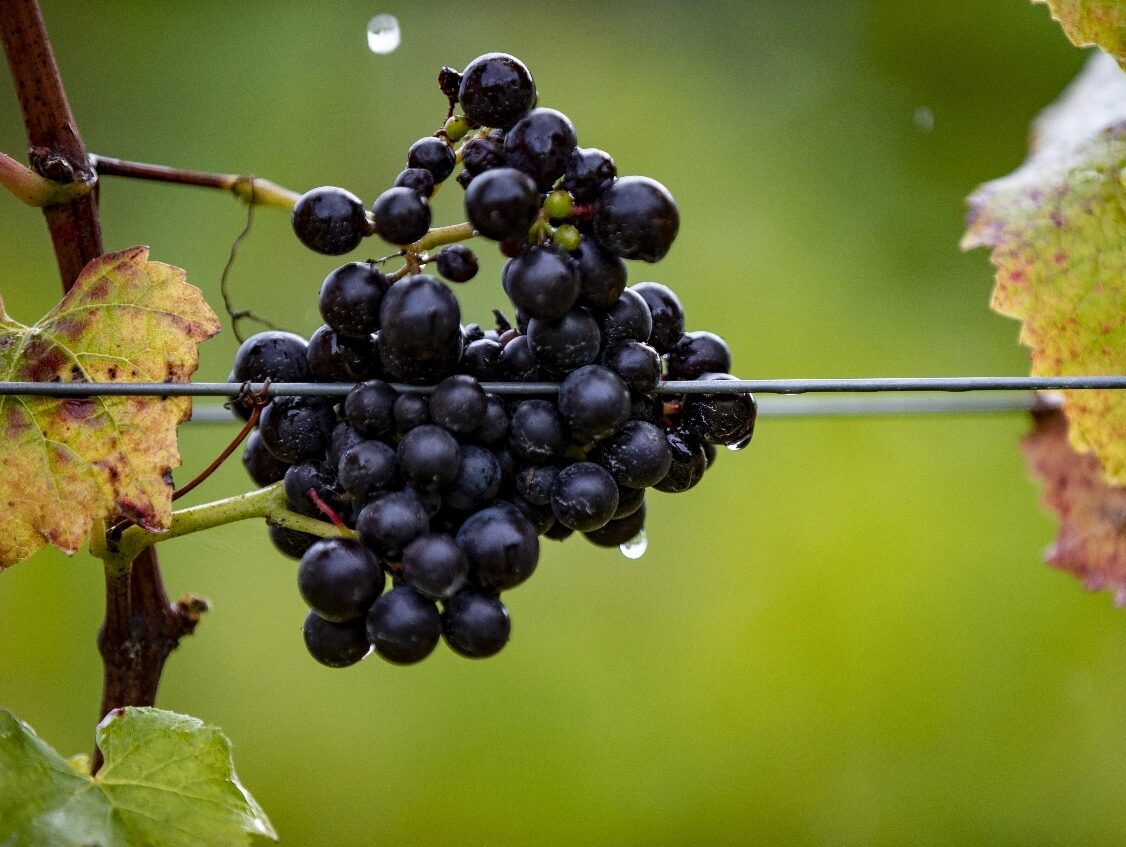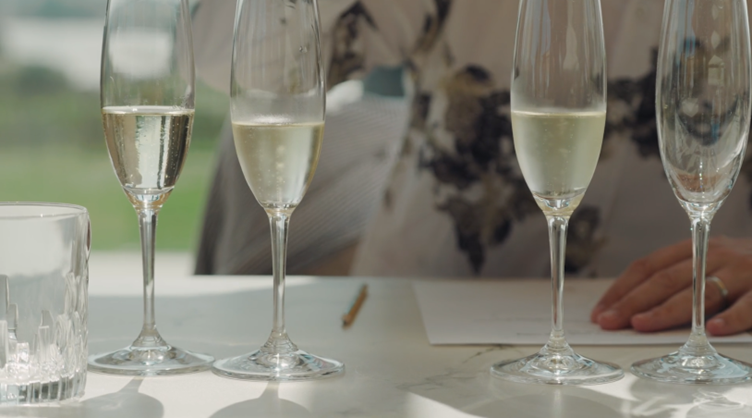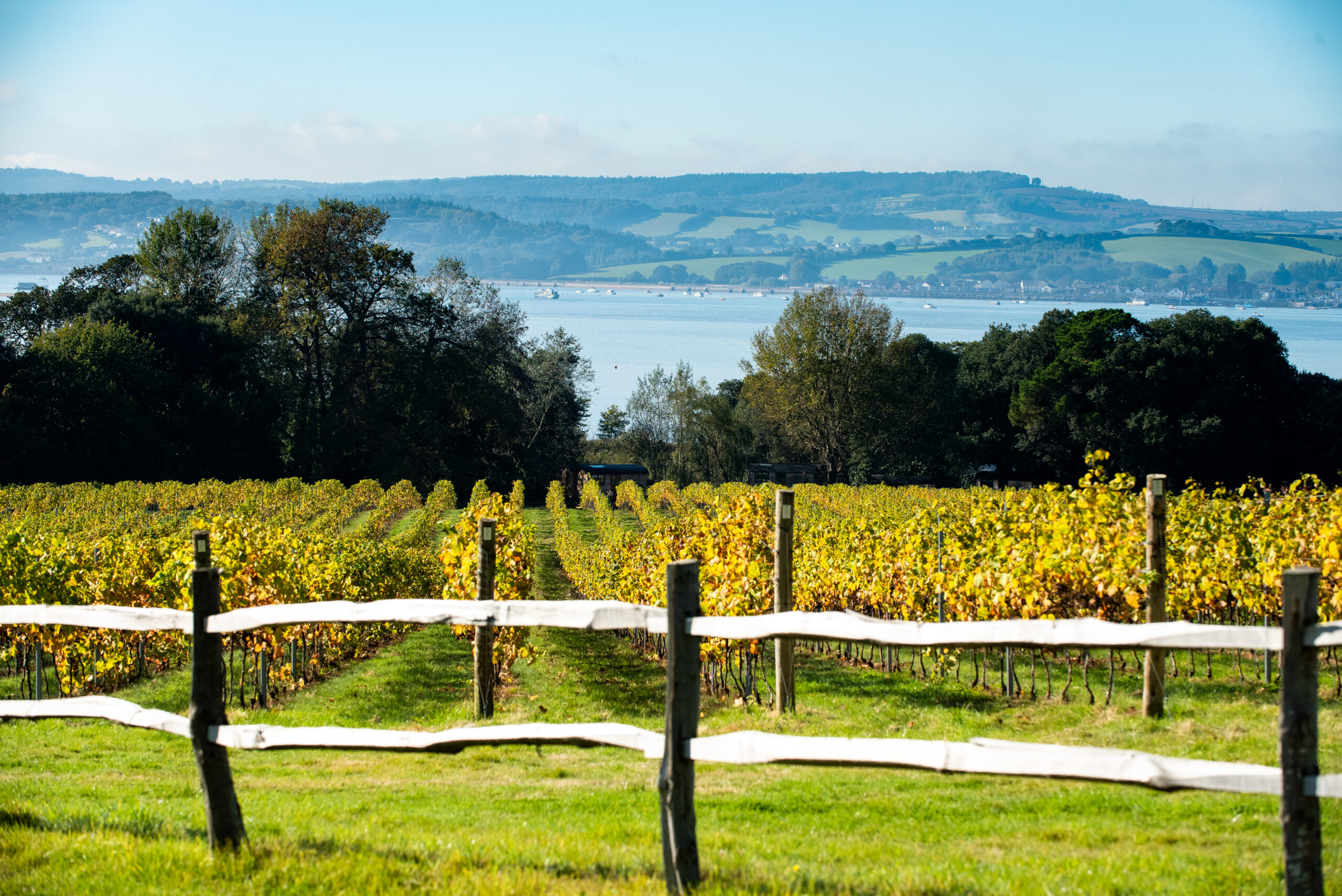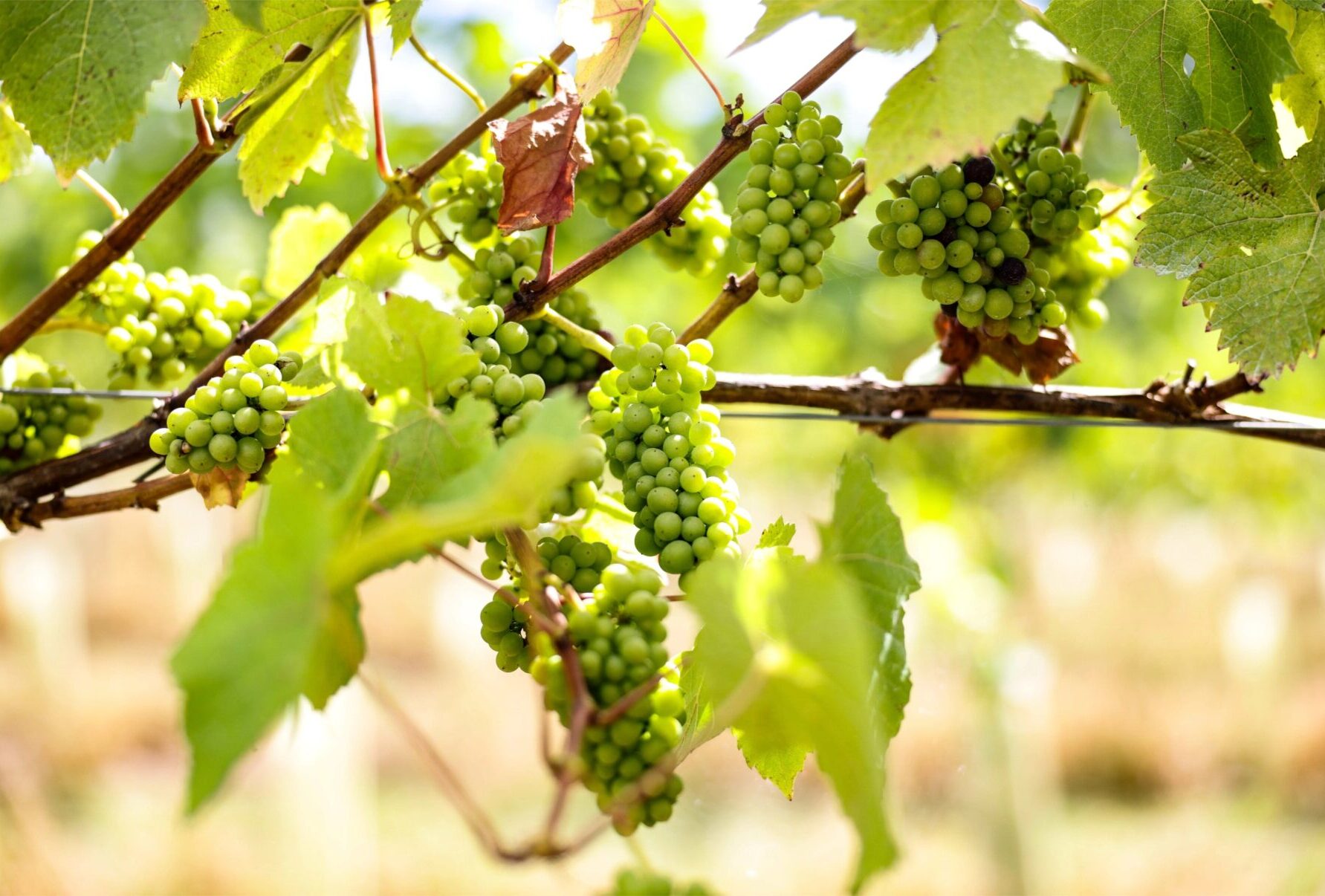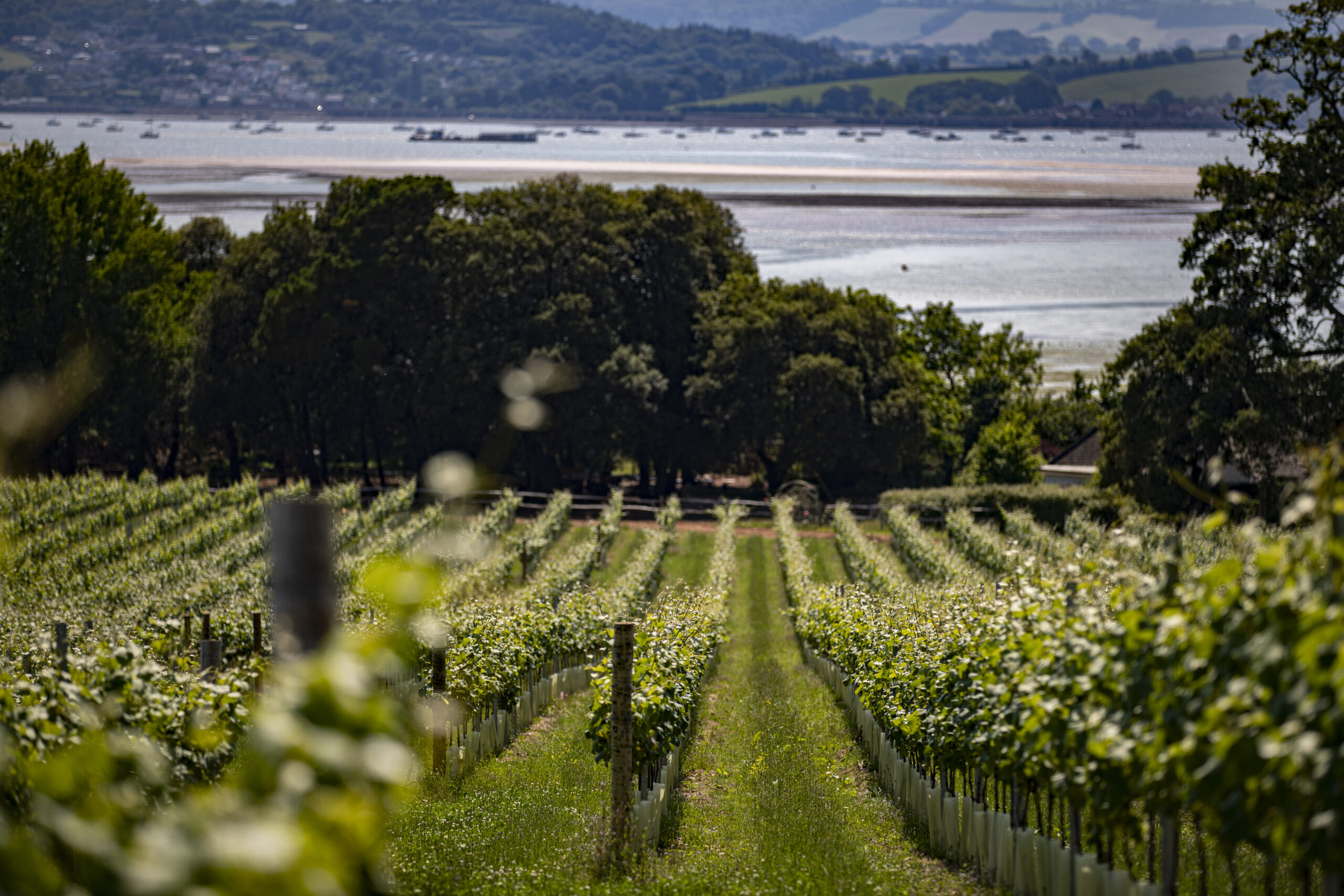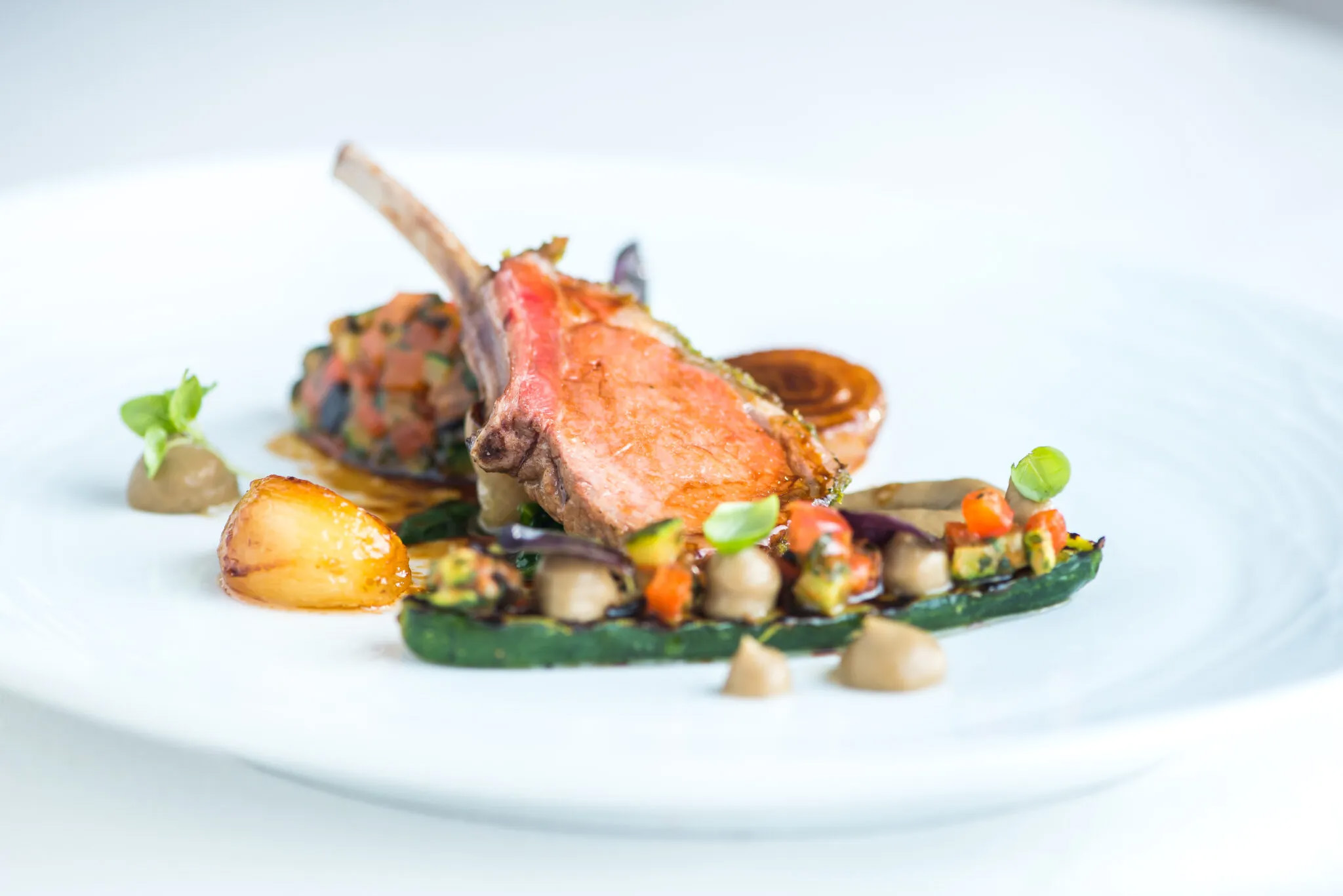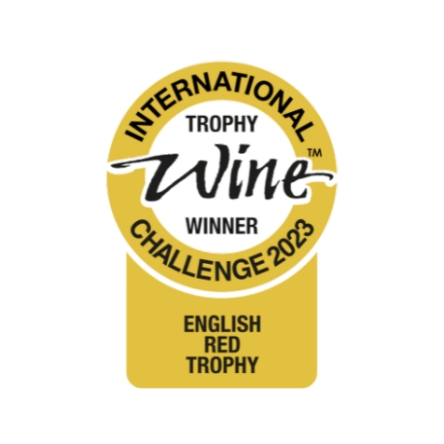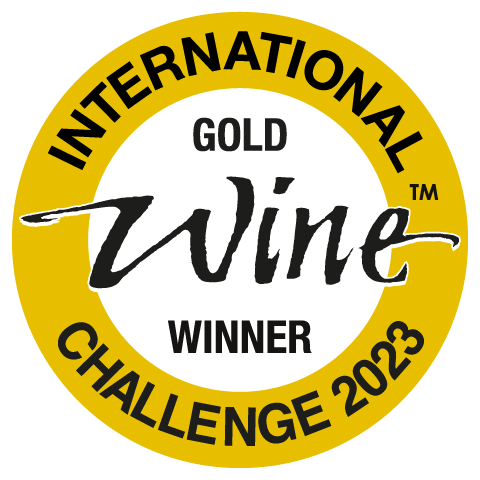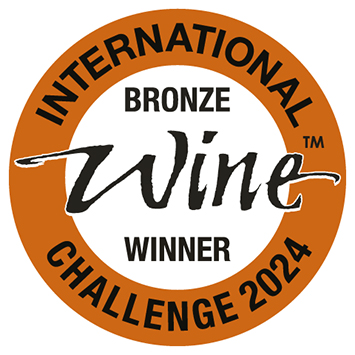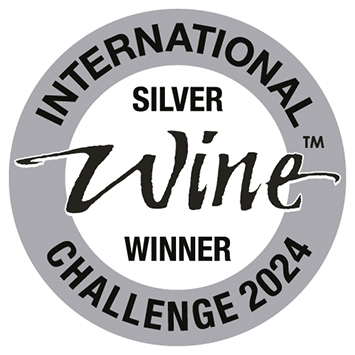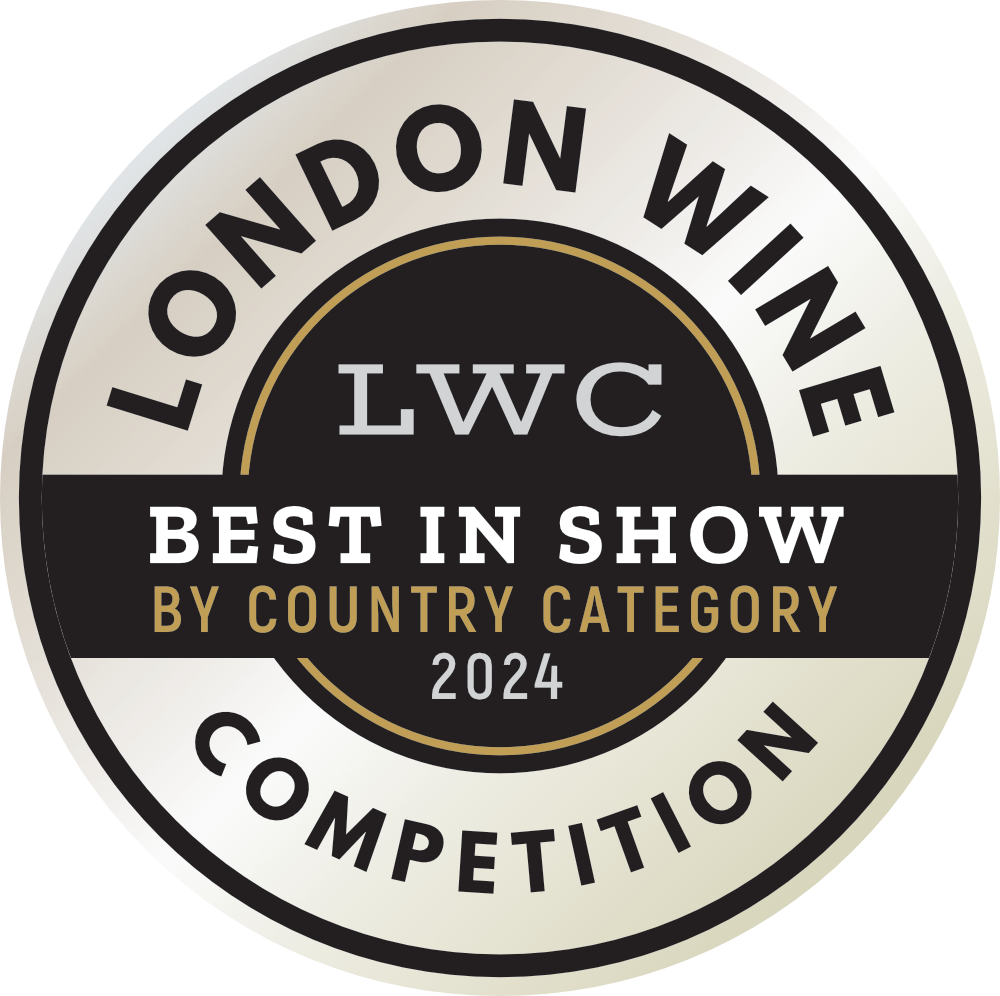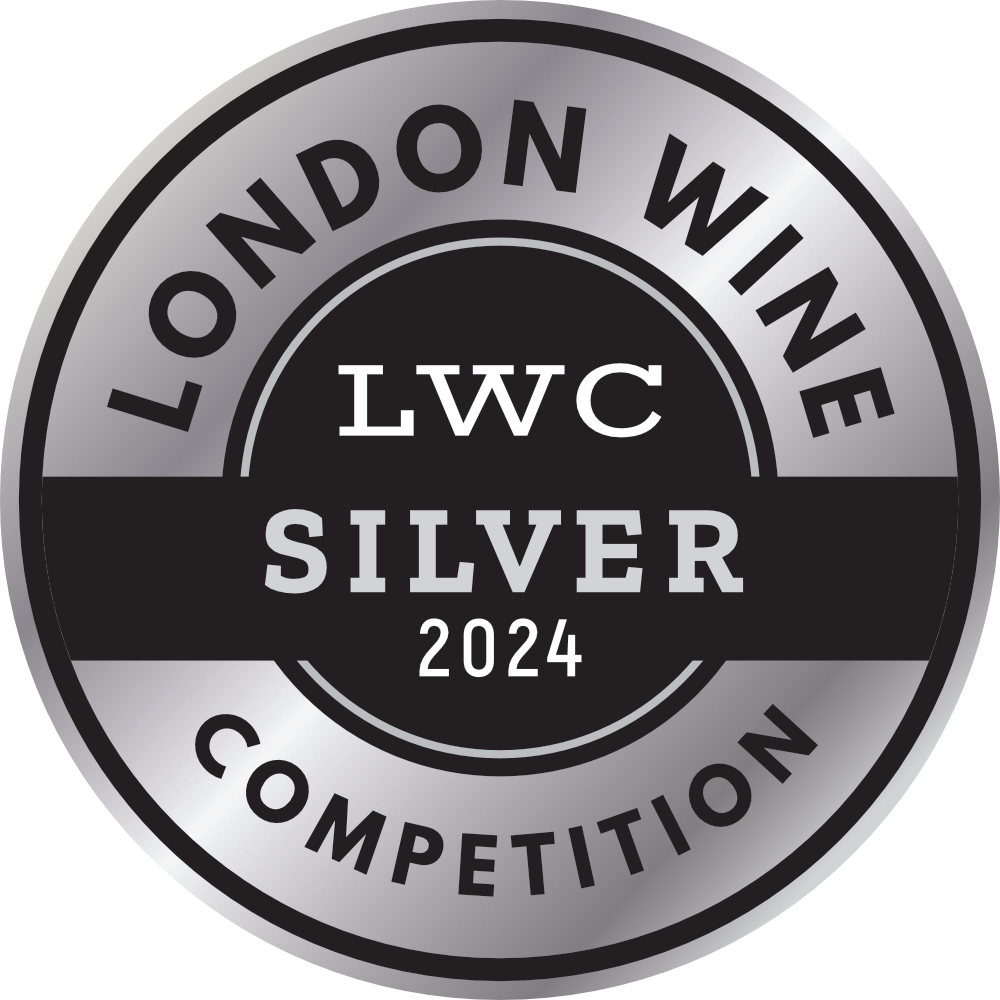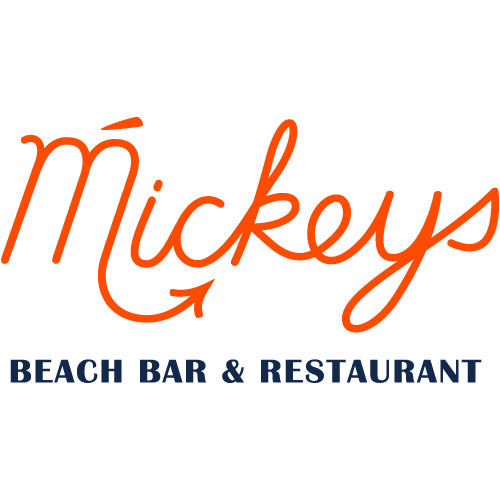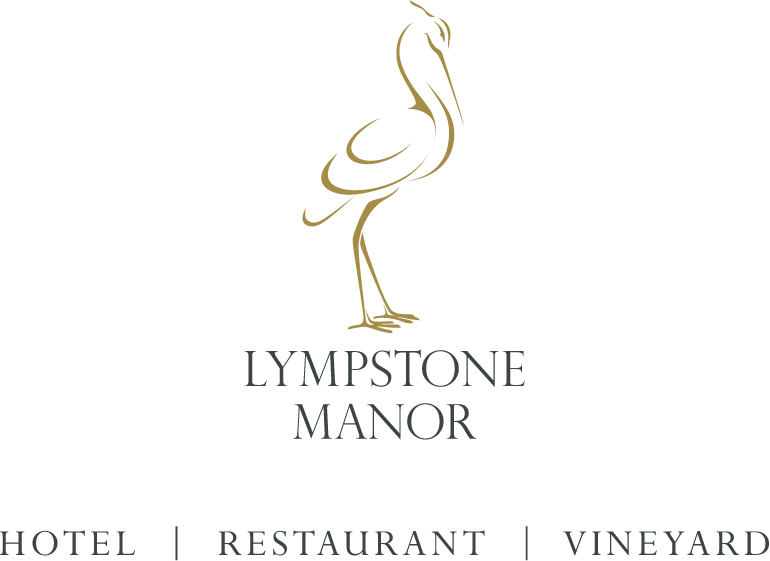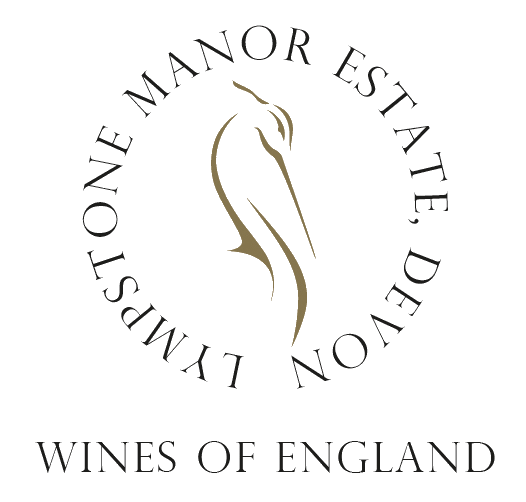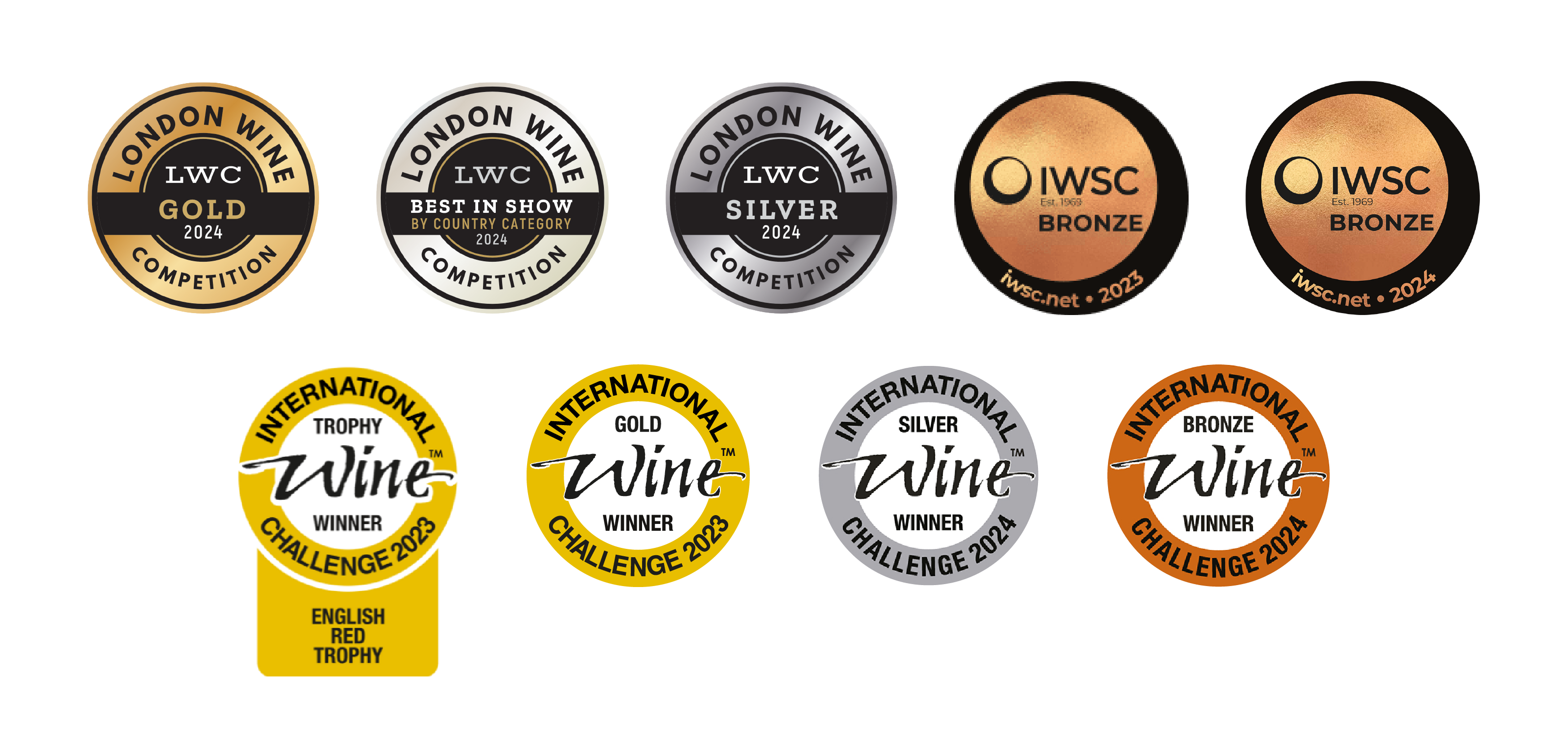Your basket is currently empty!
A passion for wine
When Michael first visited what was then Courtlands, he was not only inspired to transform the dilapidated mansion into his vision of a luxury country house hotel for the 21st century complete with Michelin star dining, he immediately saw the potential to transform the overgrown parkland that extended down to the Exe Estuary into a southwest facing vineyard in order to grow grapes to produce Devon sparkling wine of the highest quality. Wine and the Lympstone Manor Estate vineyard thus lies at the heart of Michael’s vision and dream. That he is now already producing award-winning wines brings him and the whole Lympstone Manor team immense pride and satisfaction.
Wine Shopfilms
Follow the Lympstone Manor Estate story through our videos that chart the progress of the vineyard from plantation to finished wines.
The Vineyard
Many of the great vineyards of Europe are located along or near rivers: the Médoc châteaux of Bordeaux; wine estates along the Rhône, Loire, and Rhine rivers; the great port vineyards of the Douro. So why not the Exe Estuary, thought Michael, who instinctively sensed that the protected micro-climate of this privileged corner of East Devon had the potential to produce good if not great wine.
Thus in Spring 2018, the parkland was ploughed and the fields carefully prepared for the plantation of 17,500 Pinot Noir, Meunier, and Chardonnay vines, the vineyard planted with literal laser precision, posts inserted, and cabling woven down the rows to serve as the eventual wire supports that the young vines would soon require.
Growing conditions that first year were near perfect and the vines took extremely well to their new home. Indeed, it was a most welcome surprise that the vines had established themselves so well that by September 2020 there was already a small crop ready to be harvested. The rest is the ongoing history of Lympstone Manor Estate.
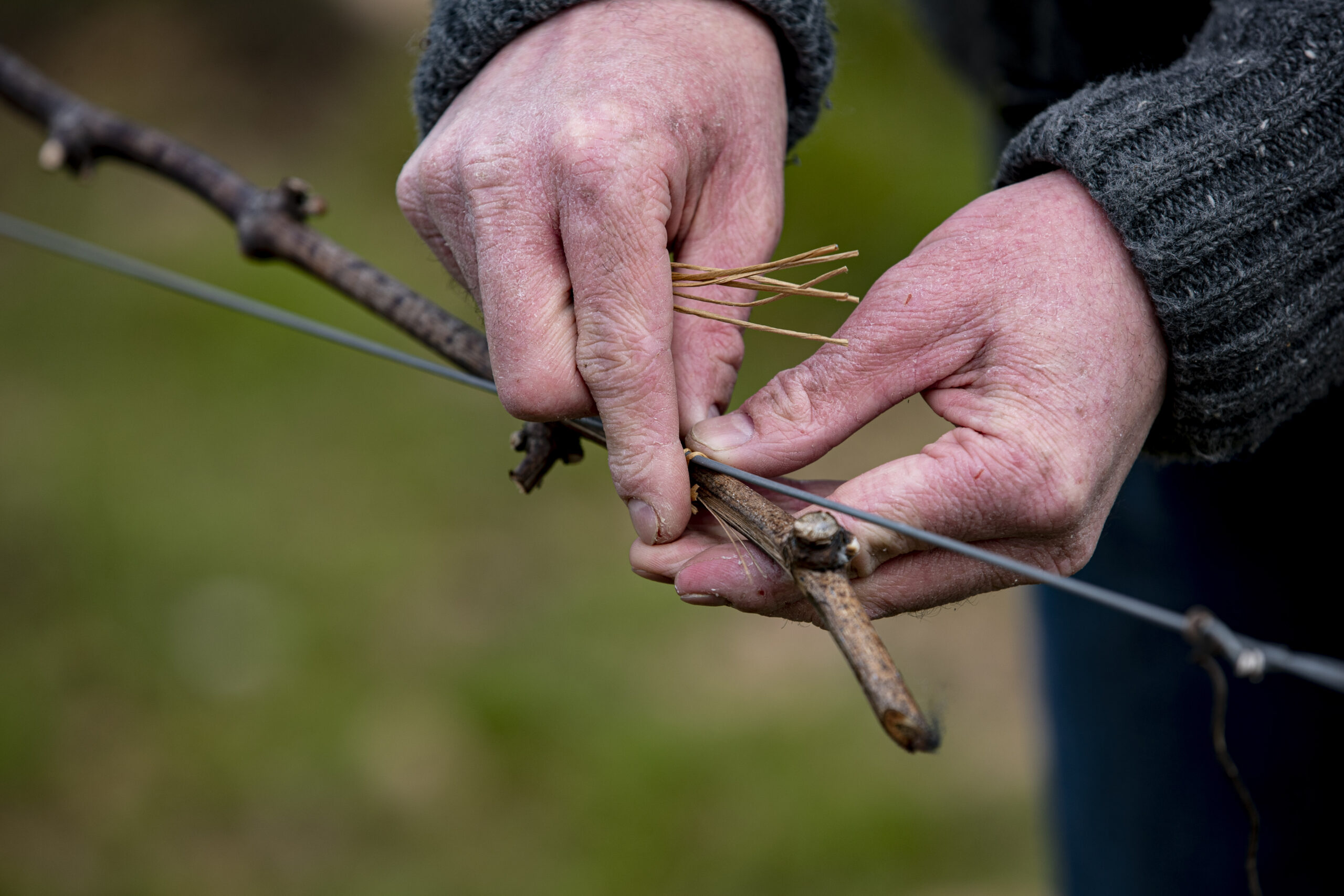
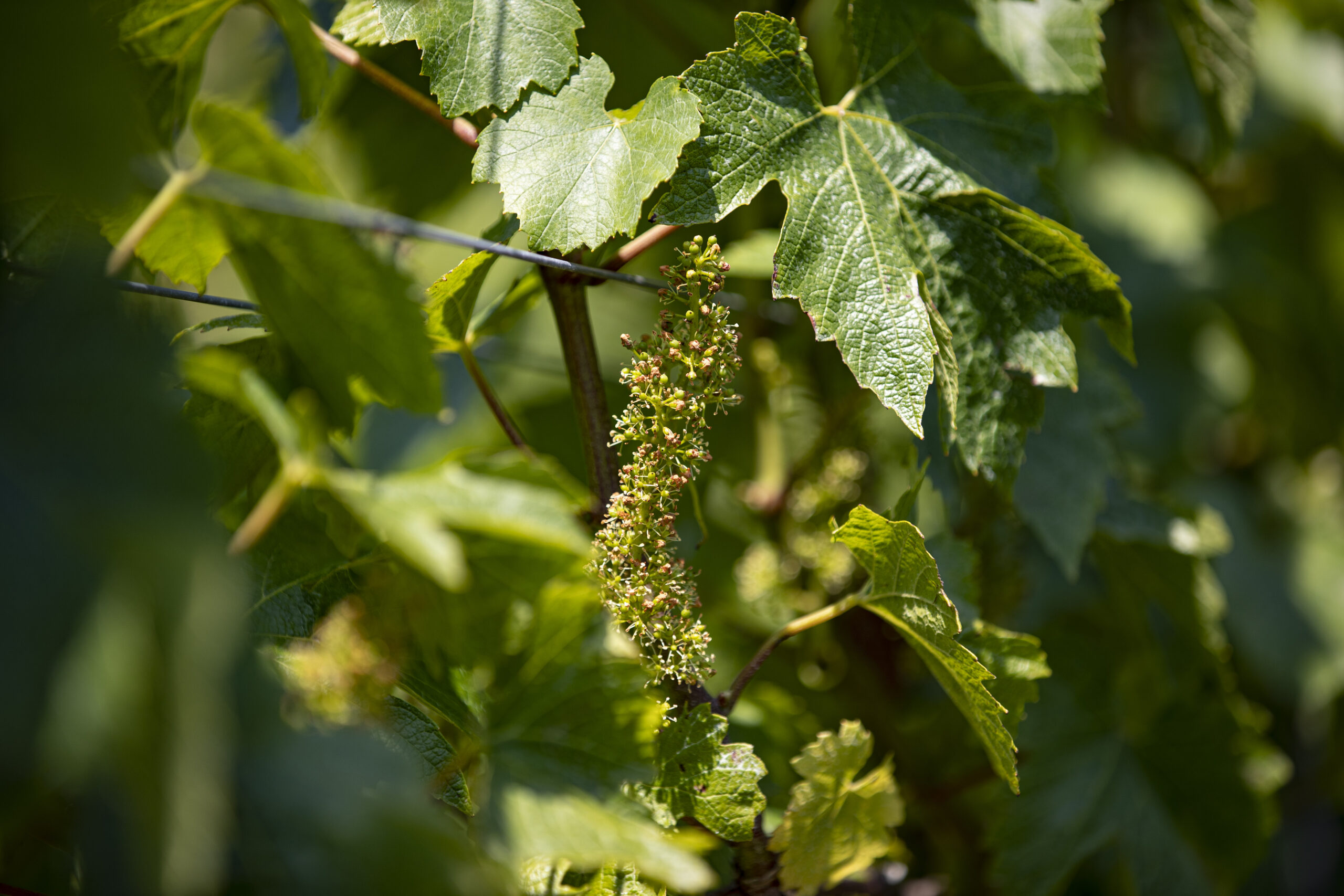
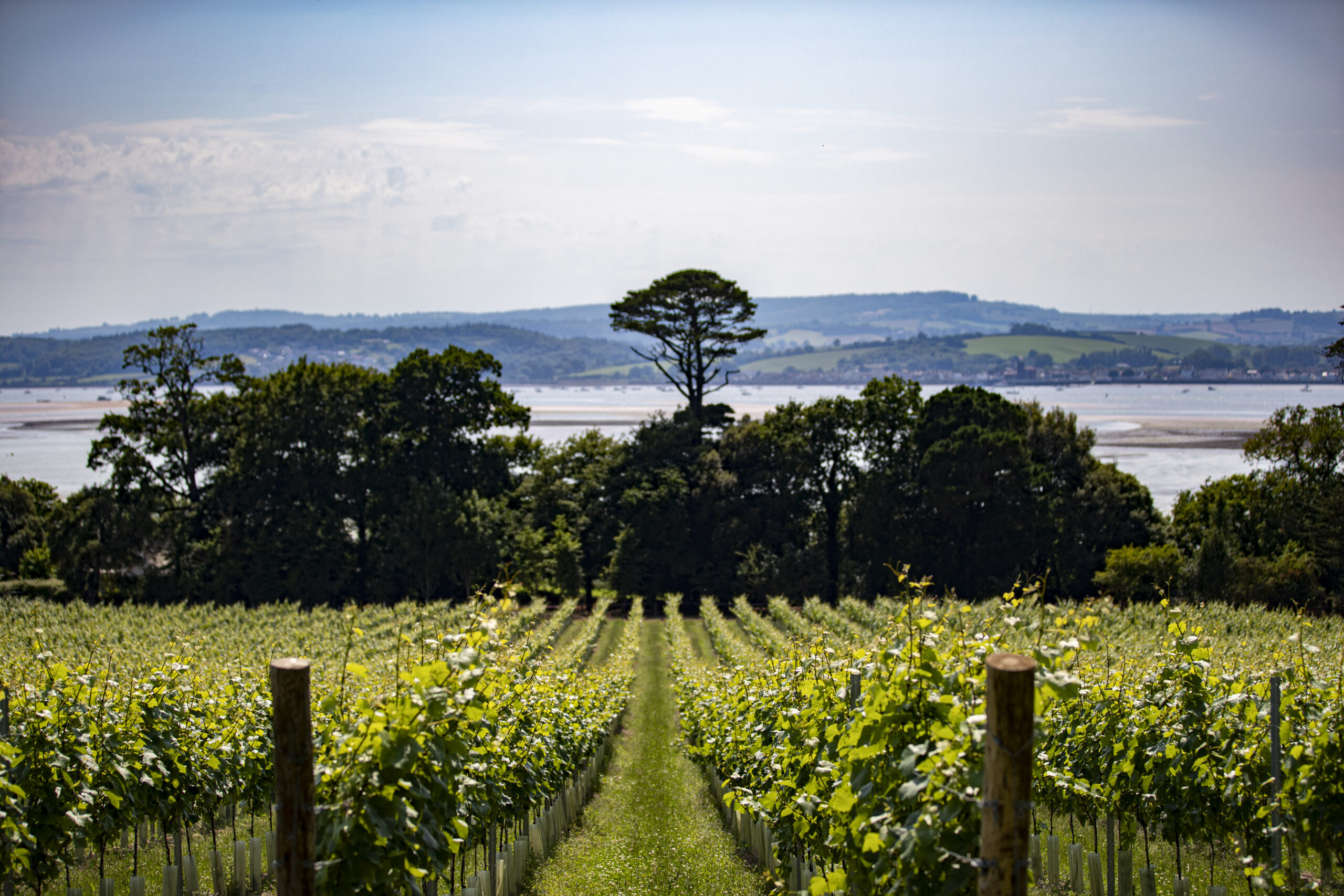
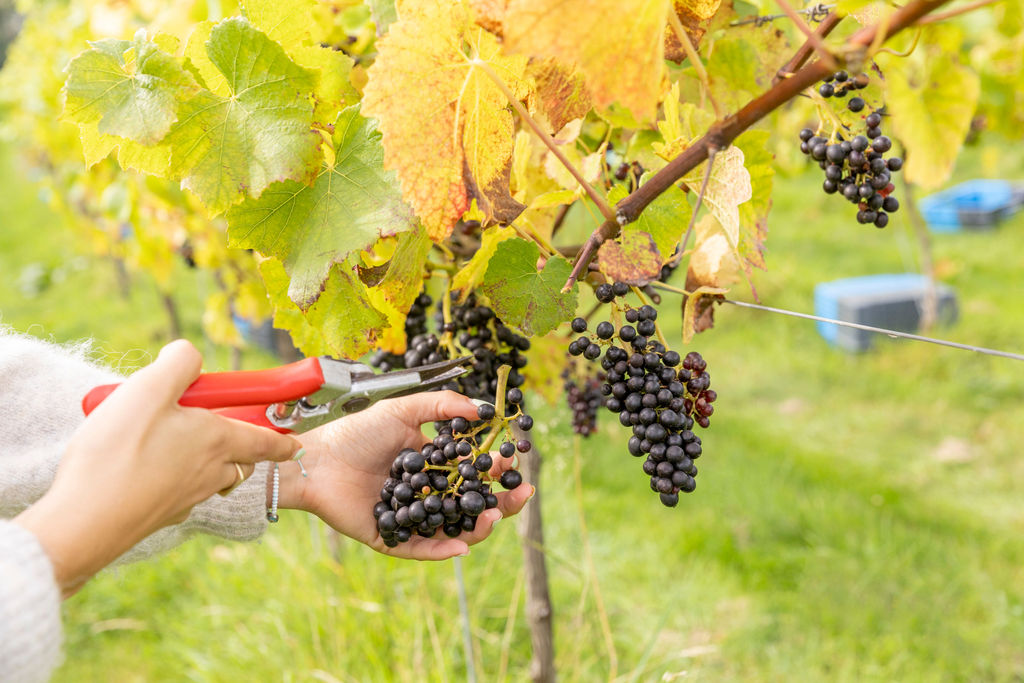
The Vineyard Year
Tending a vineyard is, yes, a labour of love, but it is also a labour that has to be carried out diligently and knowledgeably throughout the year. Here are some of the tasks that we undertake in order to be able to grow the highest quality grapes to transform into Lympstone Manor Estate wines.
January – February
Winter pruning, that is literally cutting off dead
wood above the vine trunk saving just two fruit canes for the season ahead as we use the double Guyot vine training system here at Lympstone Manor. This is a precise and immense task to undertake on each of the 17,500 vines in the Lympstone Manor Estate vineyard to ensure the optimum balance between fruit and canopy for the growing season ahead. After the pruning has been completed the team focus on tying down the fruit canes to the trellising wire.
March – June
Early season green pruning, that is removing excess or unnecessary shoots as they begin to grow. Tucking-in – as the fruiting and canopy canes grow, they must be tucked between the wires to encourage upward growth and ensure an even distribution of foliage. Bud burst is an important moment, when the sap begins to rise, but it is also a risky time as late Spring frosts can cause considerable damage and all unwanted buds on the vine trunk are removed. Normally the vines flower in the second half of June – settled weather is important at this time to achieve a good fruit set.
April – September
Soil management – we grow grass between the rows of vines to encourage biodiversity and improve the health of the soil. Grass also helps to regulate humidity and as it takes water from the topsoil, the vines are forced to struggle to send roots deep down in search of moisture and nutrients. Cutting the grass at the right moment is an essential vineyard task.
June – JUly
The final round of green pruning in this case to manually thin the crop, leaving only the best bunches of grapes on the vines to ripen to maturity.
June – August
Canopy management – management of the leafy foliage is another crucial vineyard task, in the case of a less sunny and warm vintage, cutting away leafs to expose to the grape bunches to more direct sunlight; in the case of excessively warm and sunny vintage leaving leaf cover on to protect the bunches. The final round of green pruning in this case to manually thin the crop by removing the secondary growth bunches, leaving only the primary bunches of grapes on the vines to ripen to maturity.
May – August
Depending on the conditions, spray treatments may be required to control or eliminate vineyard maladies, including
powdery and downy mildews in addition to botrytis. We keep treatments to a minimum as we favour a low intervention approach. Véraison usuially occurs in August, which marks the onset of ripening, when red grapes begin to change in colour and the berries begin to soften. At this point the green malic acid begins to be replaced by sugar and the grapes gain in sweetness.
September – October
Trellis foliage clipping and final leaf thinning. We begin testing the grape sugar levels with the refractometer followed by bunch samples being delivered to Lyme Bay Winery for a full analysis on both sugar and acid levels in order to determine when the grapes will be picked. The harvest, the culmination of a year’s efforts. We use a professional team of experienced grape pickers to bring in the fruits of our labours. The grapes are harvested into hygienic small plastic containers then it is transported as speedily as possible to nearby Lyme Bay Winery for processing.
November – December
Almost as soon as the grapes have been harvested, the foliage turns colour – a beautiful sight! – then eventually the leaves fall off. The only remaining task before year end is to release a flock of sheep into the vineyard to control the grass. The natural cycle of a vineyard at this time of year is to rest and recover in readiness for the new year to come. And so the cycle begins again.
Winemaking
Growing the highest quality fruit is the first challenge. The second is transforming that quality fruit into wines that fully capture and express the unique character of our single estate terroir and microclimate.
We are fortunate to be working in partnership with the very talented and award-winning team from Lyme Bay Winery.
Once harvested, the grapes are transferred as quickly as possibly to nearby Lyme Bay Winery where they are whole-bunch pressed and fermented in temperature-controlled stainless steel. Different processes take place to produce the different styles of wines. The red for example undergoes malo-lactic fermentation before ageing in French oak barriques.
For our soon-to-be-released rosé which is produced using some of the finest fruit in the vineyard, the Pinot Noir and Meunier grapes macerate on the skins for a brief period only to gain the hue that we require before fermentation in temperature-controlled stainless steel and then blending with the Chardonnay which is vinified separately.
For the wines destined to be transformed into Lympstone Manor Estate Classic Cuvée, each variety – Pinot Noir, Meunier, and Chardonnay – is vinified separately, tasted carefully and assembled the following Spring, then bottled with the addition of a small amount of sugar and yeast in order to provoke the secondary fermentation that takes place in the bottle and which gives the wines their effervescence.
Lengthy ageing on the bottle sediment adds tertiary aromas and textures and results in a finished wine that is complex and elegant. After dégorgement, a very light dosage is added before final finishing and bottle dressing. The lees ageing is vitally important to the finished profile of the sparkling wine enhancing its flavour, texture and mouthfeel. A Non-Vintage Champagne by law requires at least 12 months of lees ageing and a Vintage Champagne 3 years. The Lympstone Manor Estate Classic Cuvée has spent almost 3 years on the lees which shows in the quality of the finished wine.
Our People
Quality single estate wine is a product that can’t be manufactured: it is the result of careful and diligent manual labour throughout the year, whatever the weather. And it is the product of a myriad of decisions both in the vineyard and the wine cellar that can only be made by intelligent humans not machines. We therefore recognise and celebrate the talented and dedicated individuals who jointly are helping to create Lympstone Manor Estate wines.
Awards
We are proud to have won recognition from esteemed judges, sommeliers, and wine connoisseurs alike. With each passing year, we hope the estate continues to build upon its success and accolades with the latest additions to the Lympstone Manor Estate collection. Discover more details about our awards below and join us in raising a glass to the success of this remarkable estate.
1 . Lympstone Manor Estate was awarded the Best Producer Trophy for First Vintage for Lympstone Manor Estate Triassic Pinot Noir.
2. International Wine and Spirits Competition IWSC – Lympstone Manor Estate Triassic Pinot Noir was awarded a Bronze Medal with 87 points (there were no Gold or Silver awards for English red wines this year). The judges commented, ‘Rather intense and crunchy blackberry fruits, with some earthy notes and spiky acidity.’
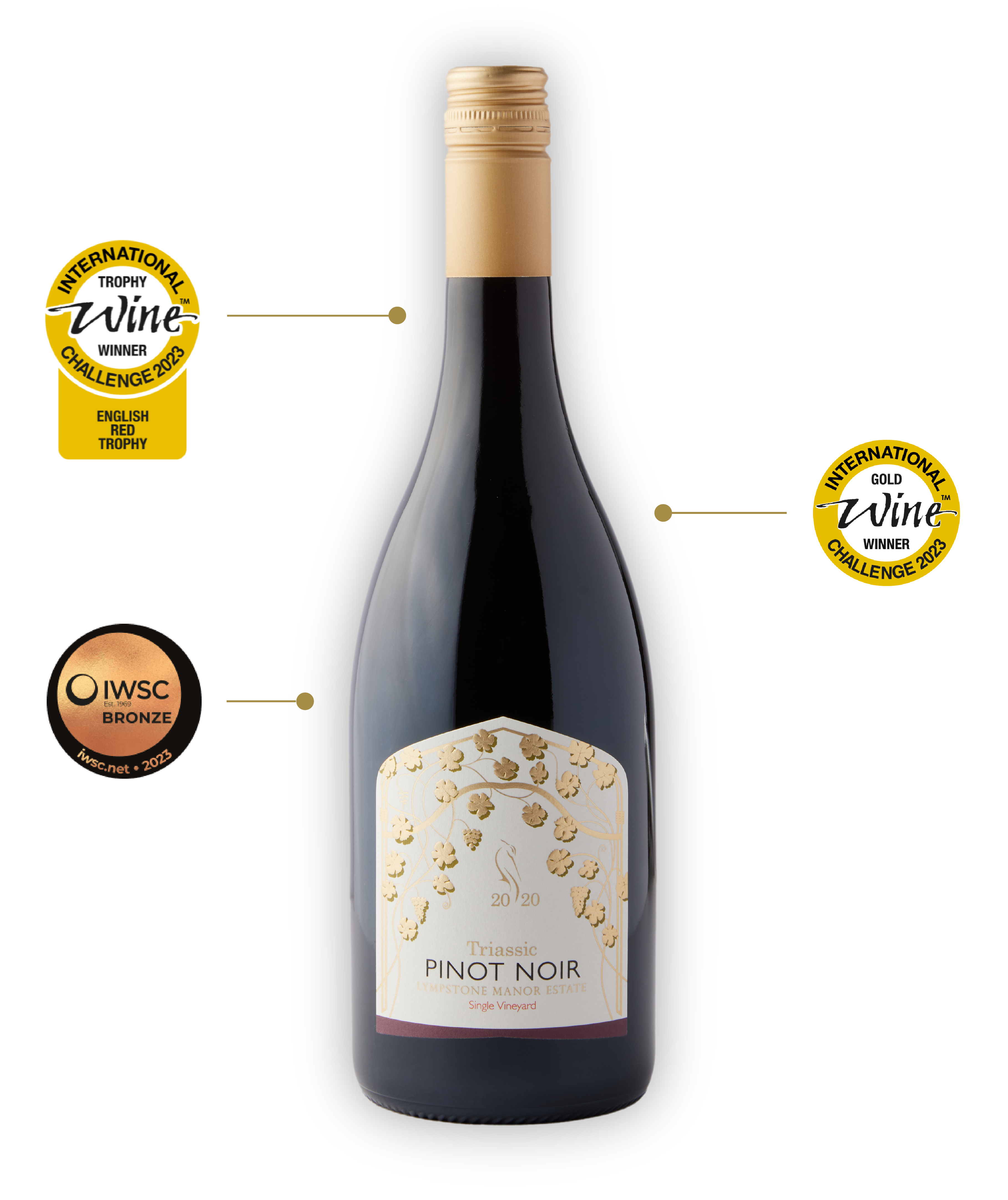
3. International Wine and Spirits Challenge Gold award 2023
